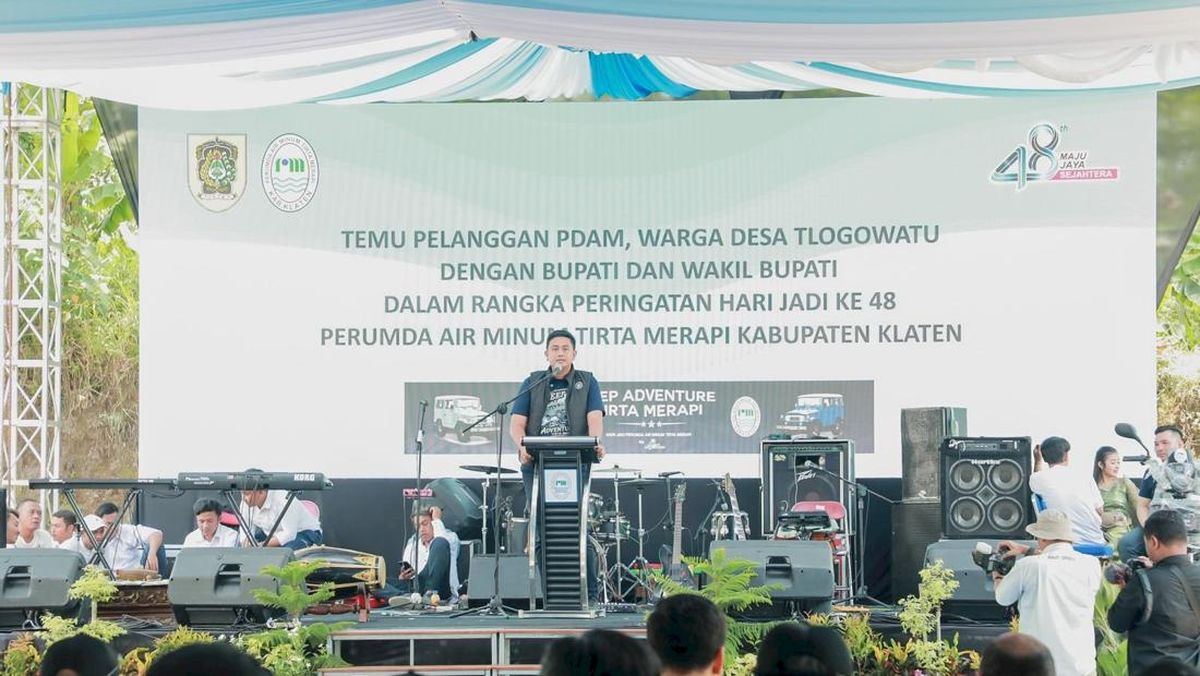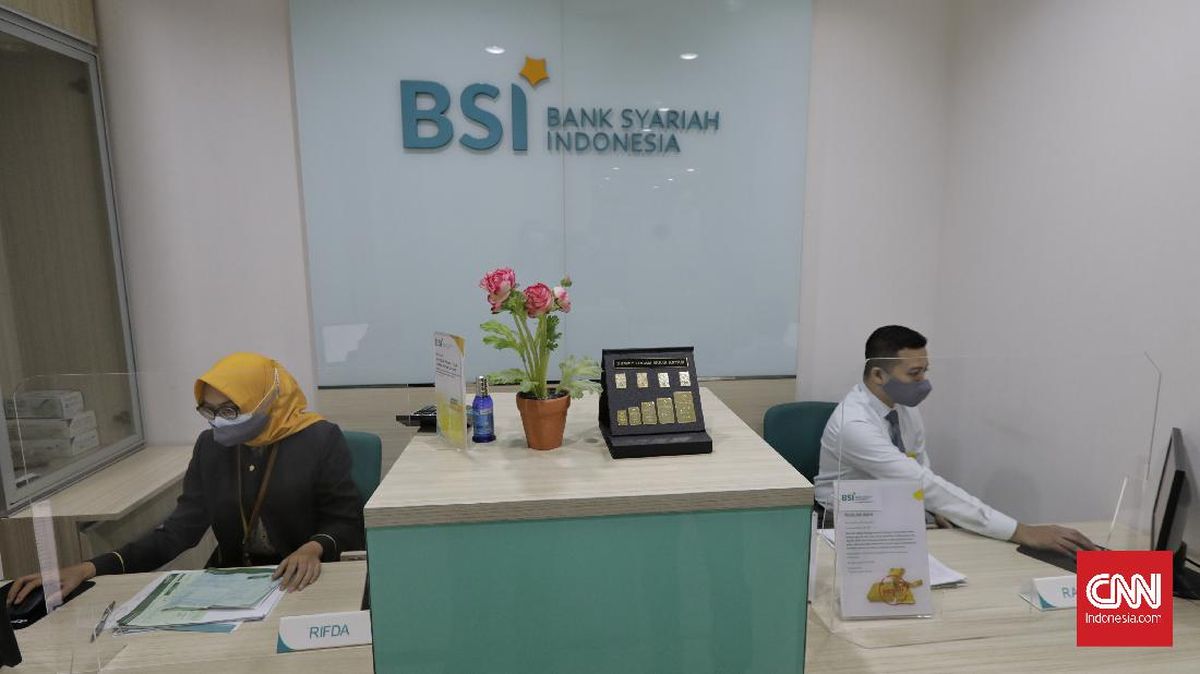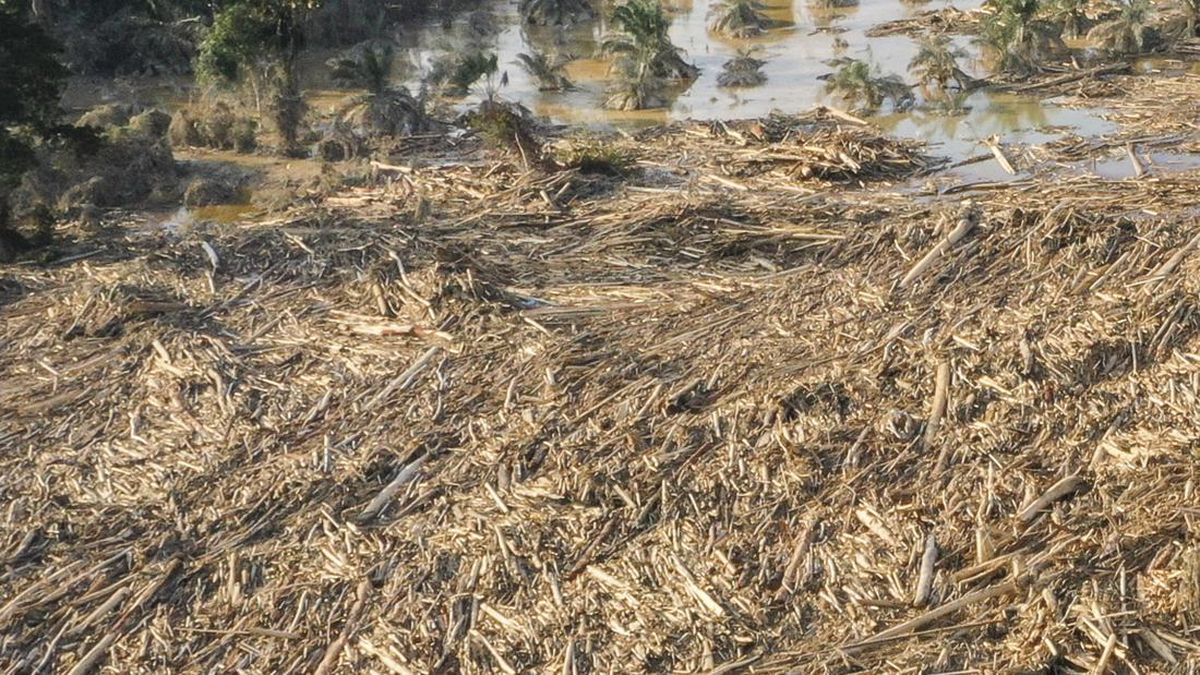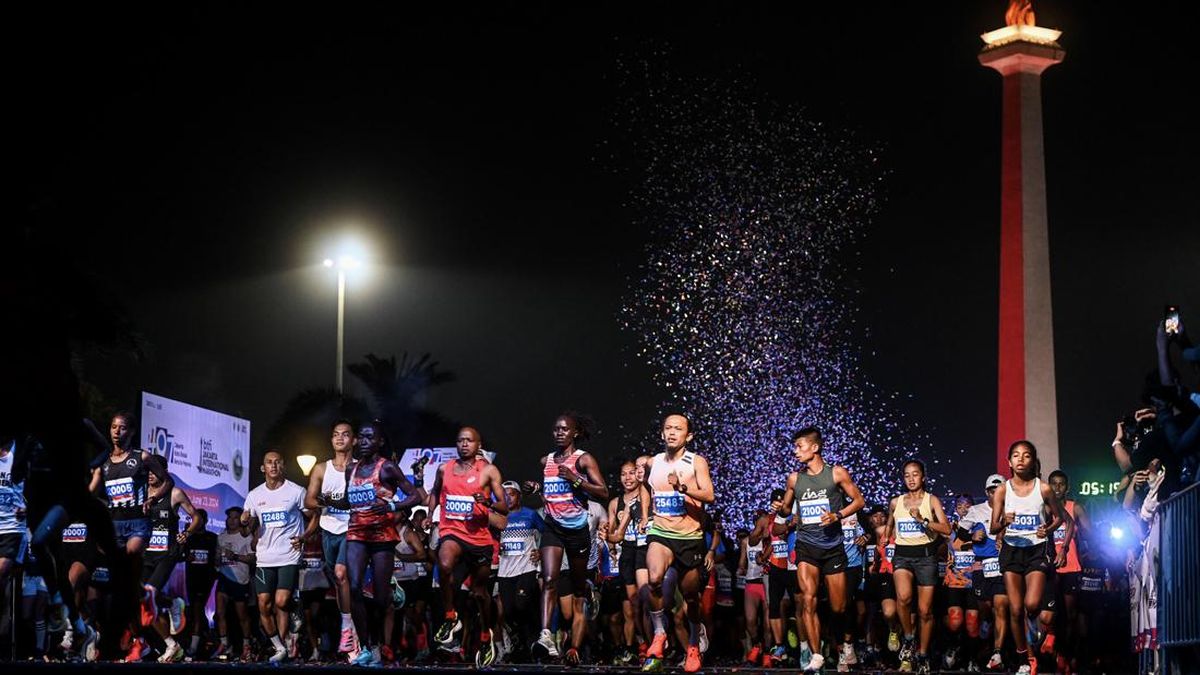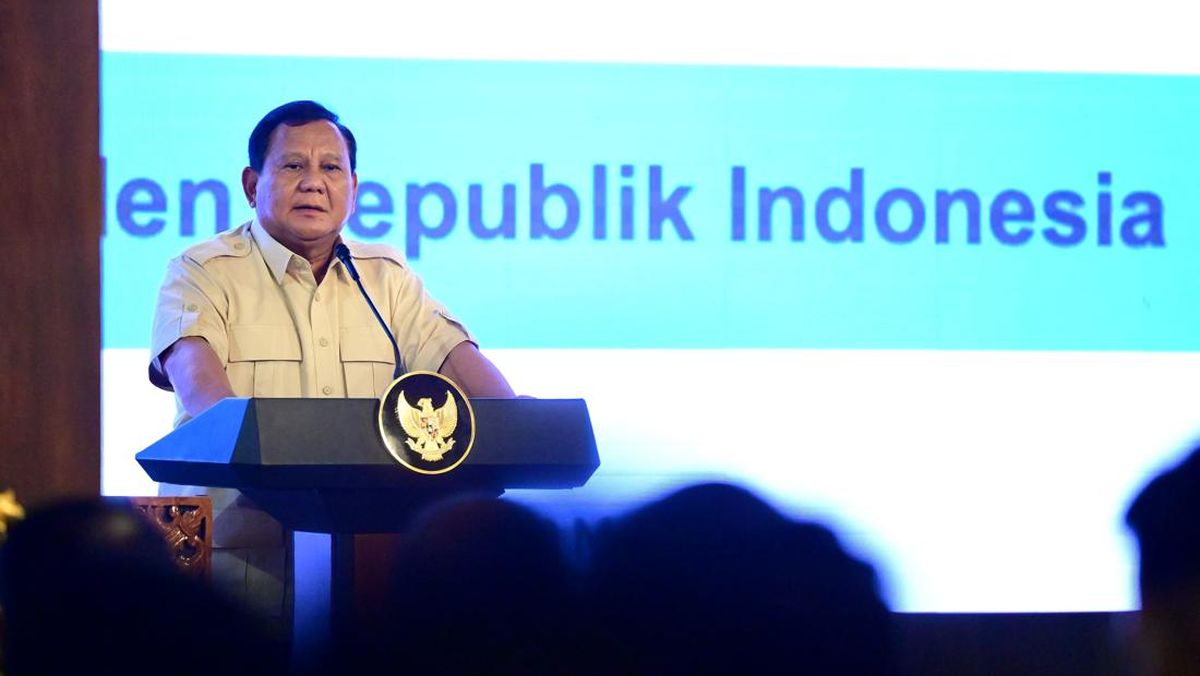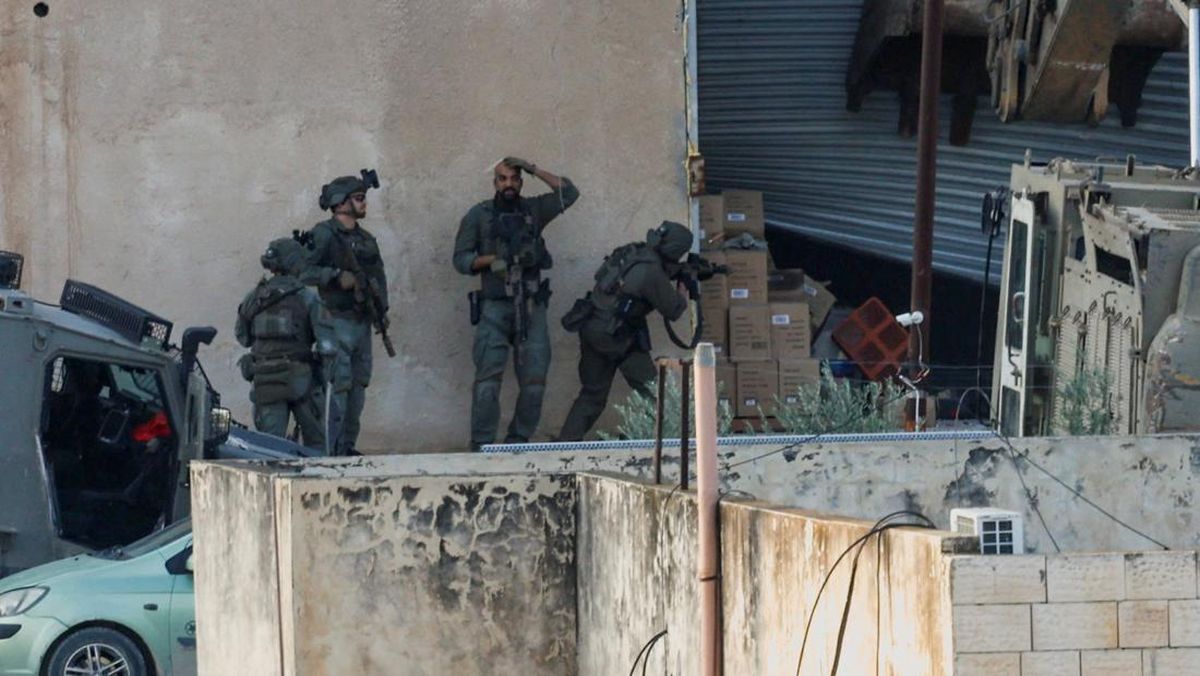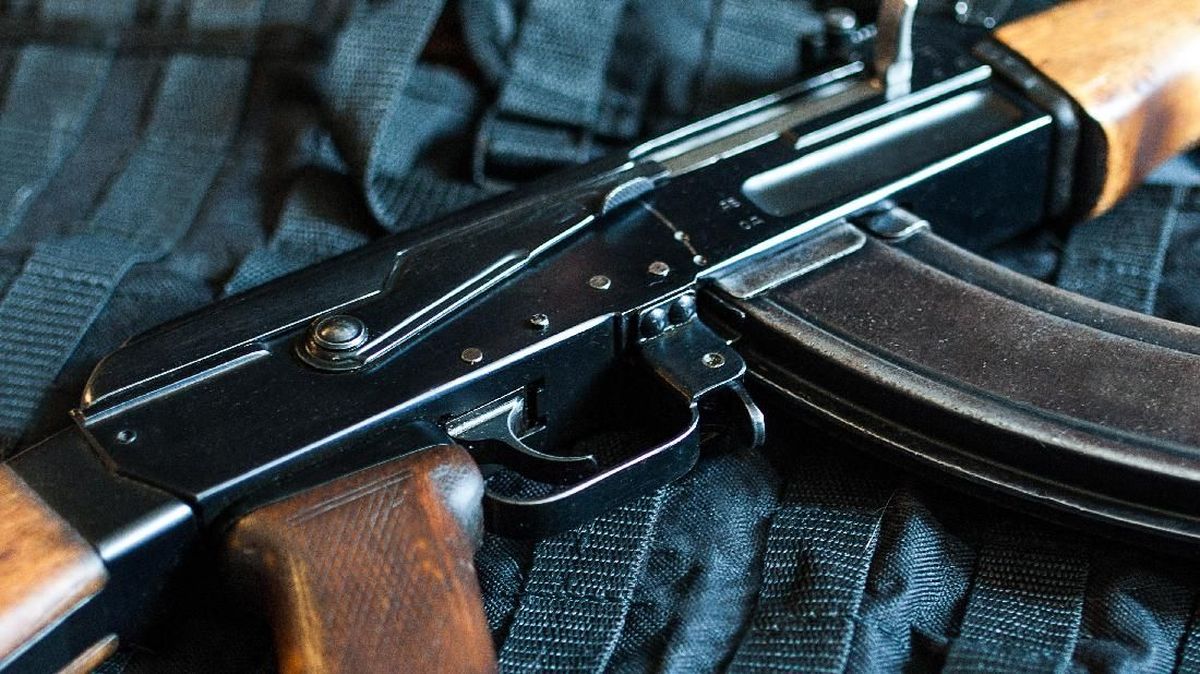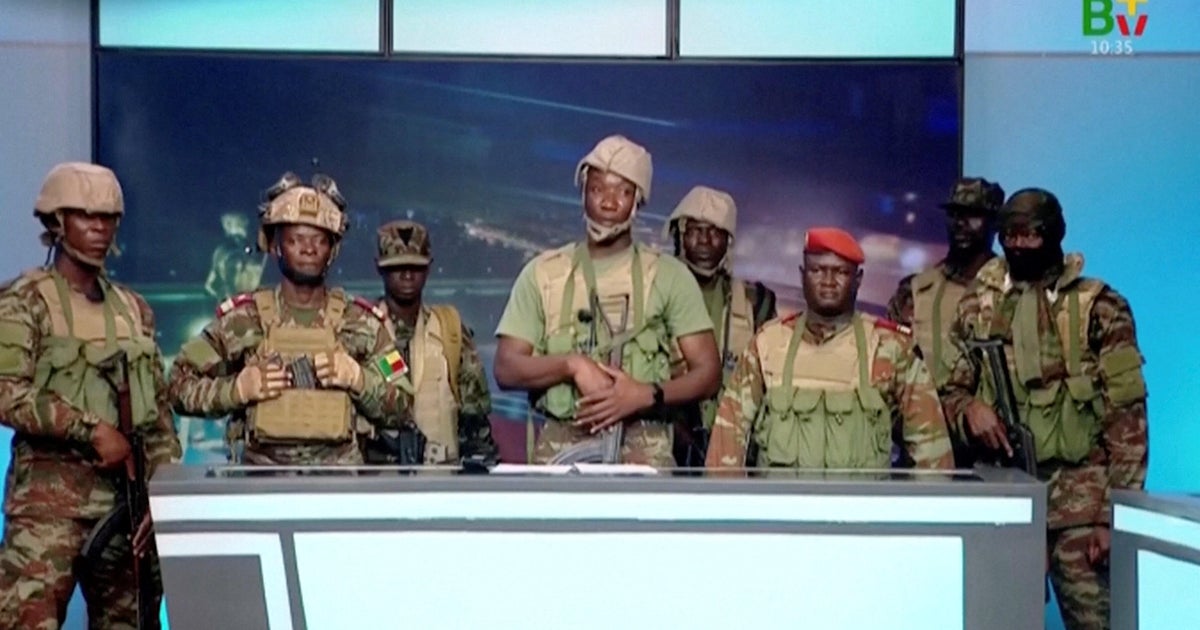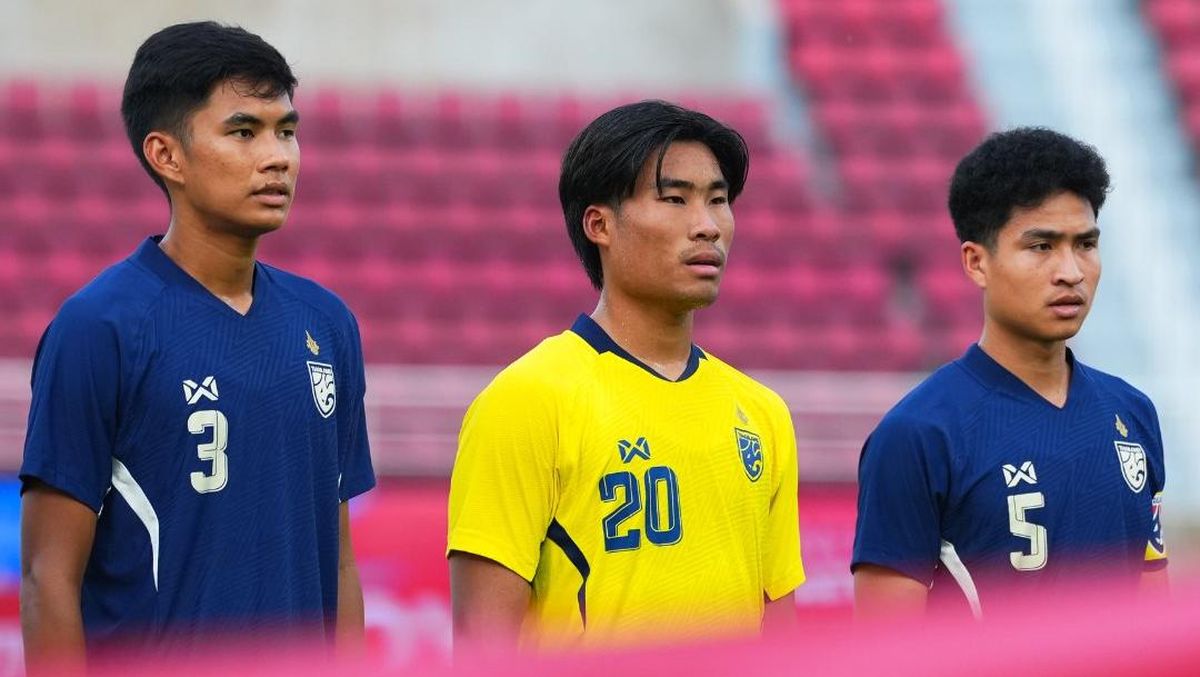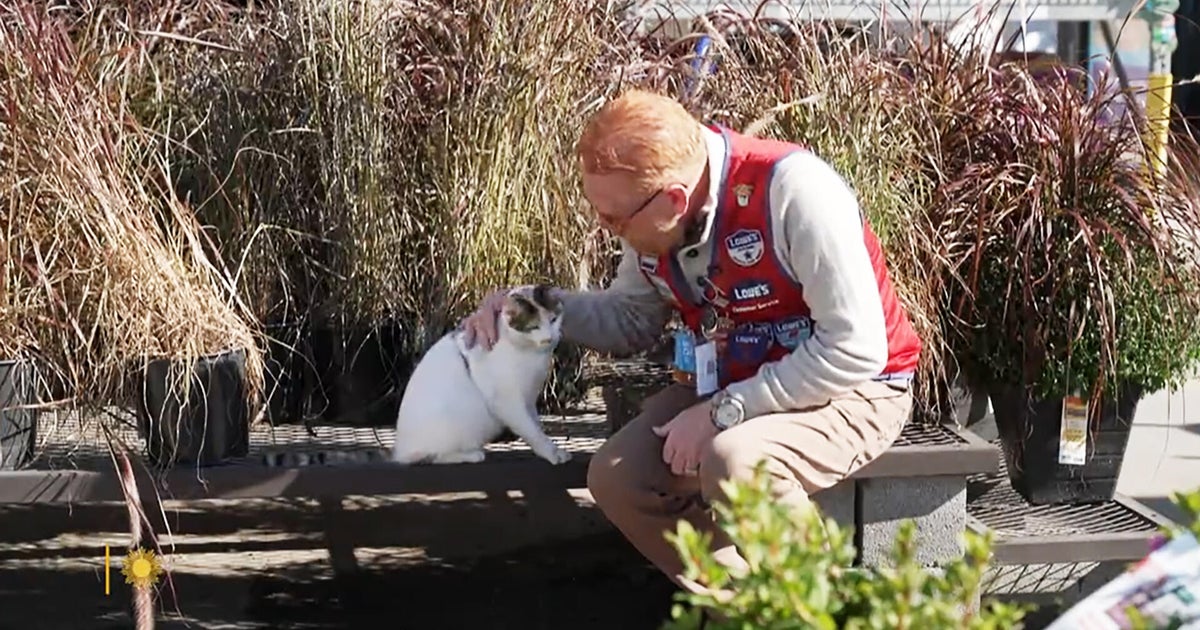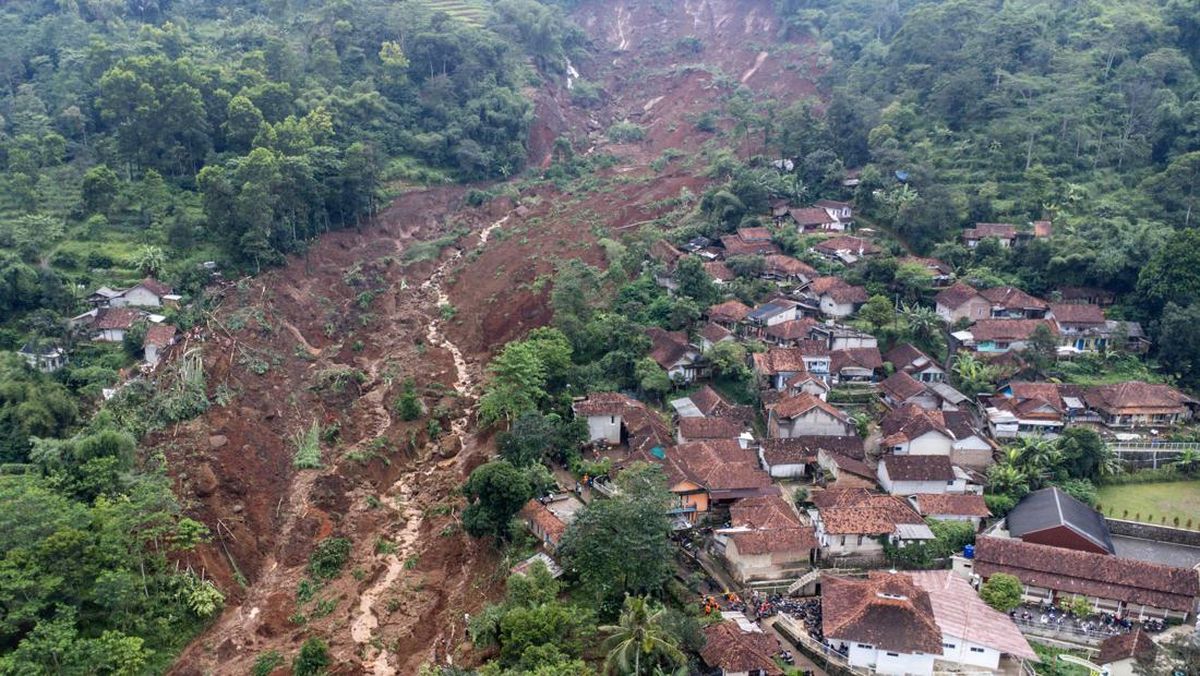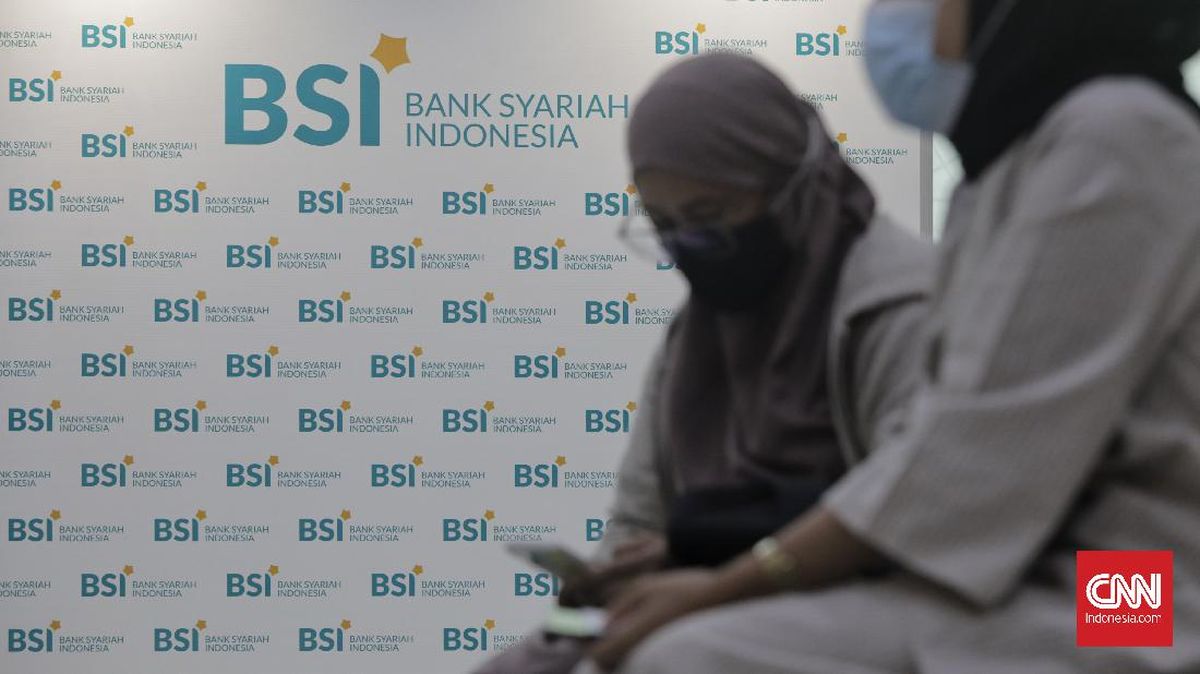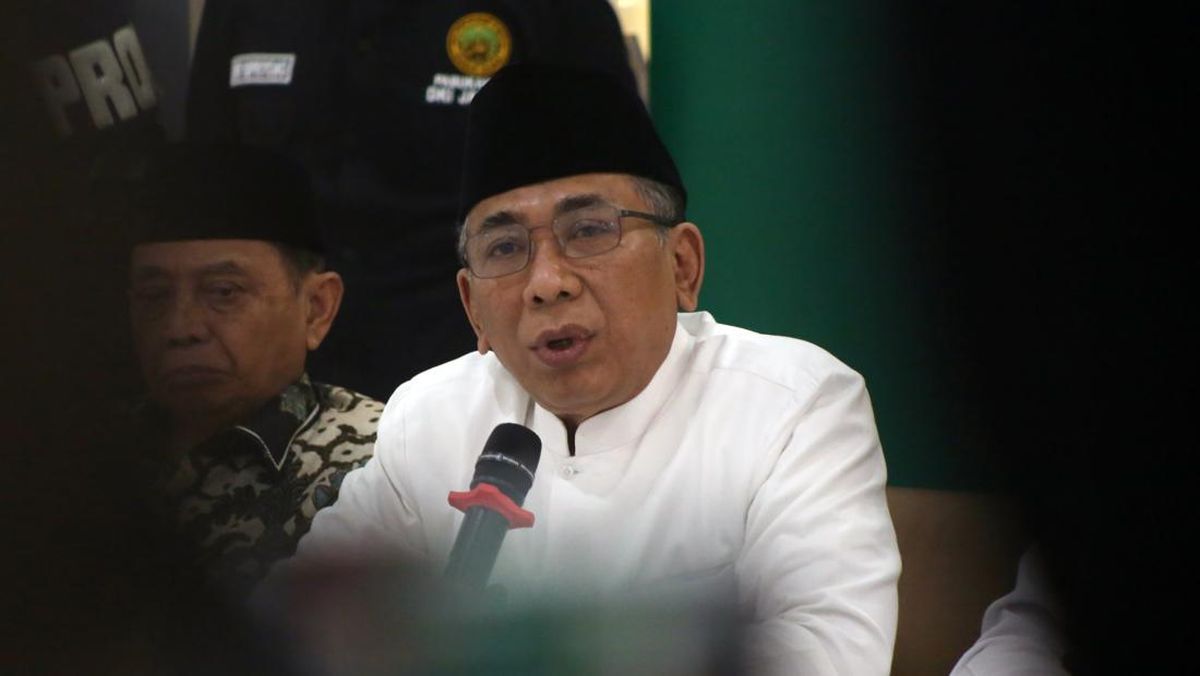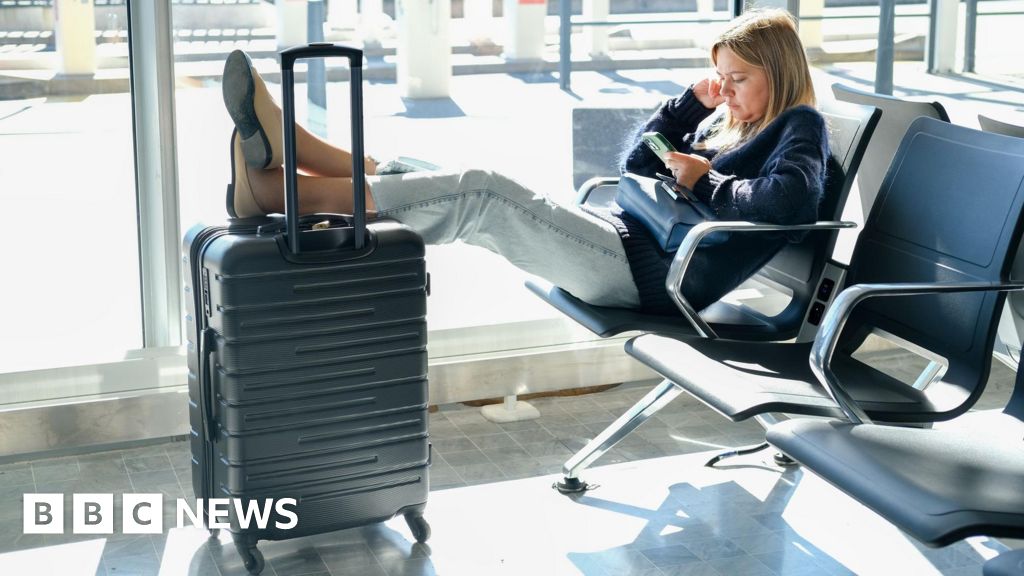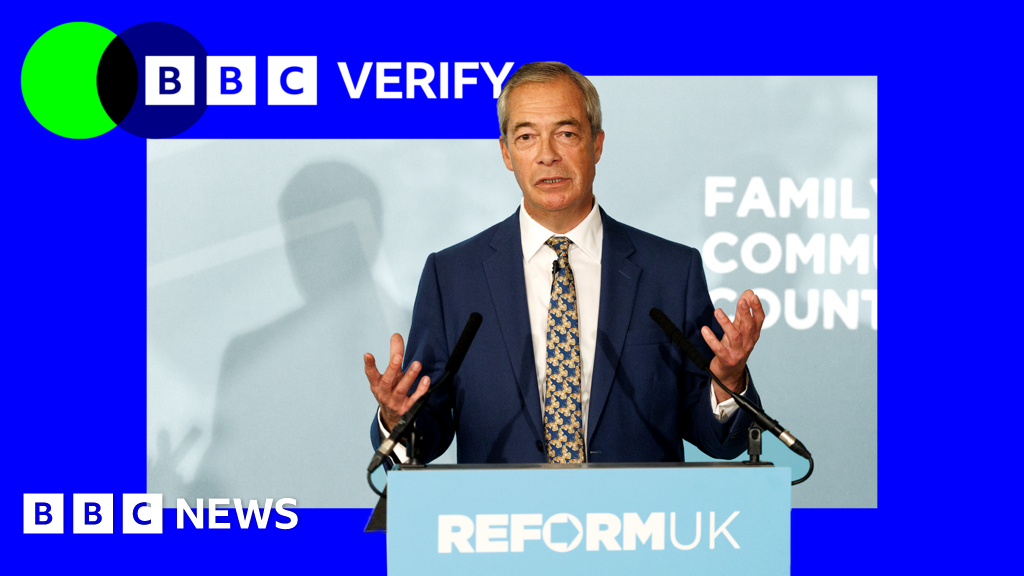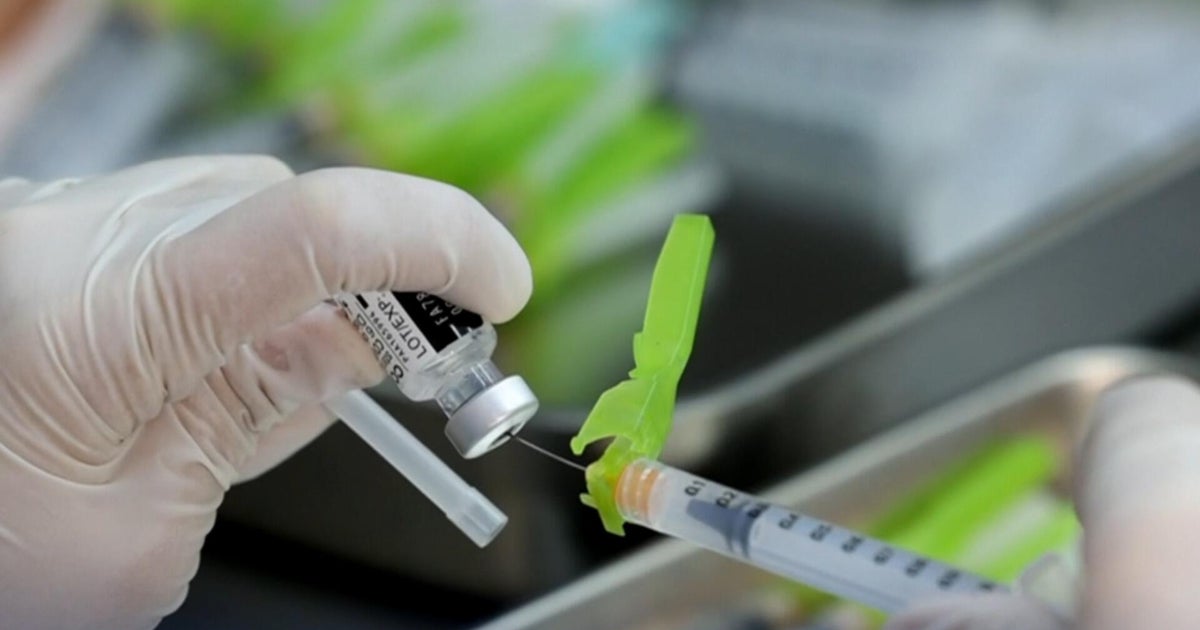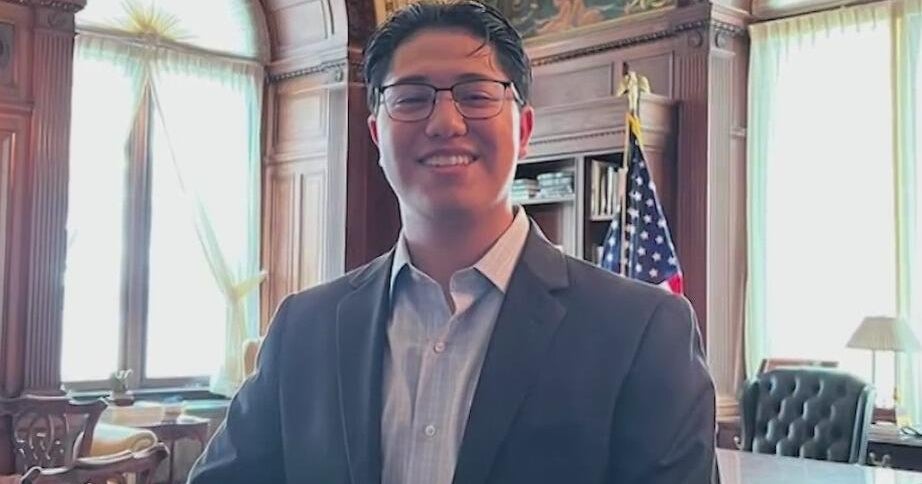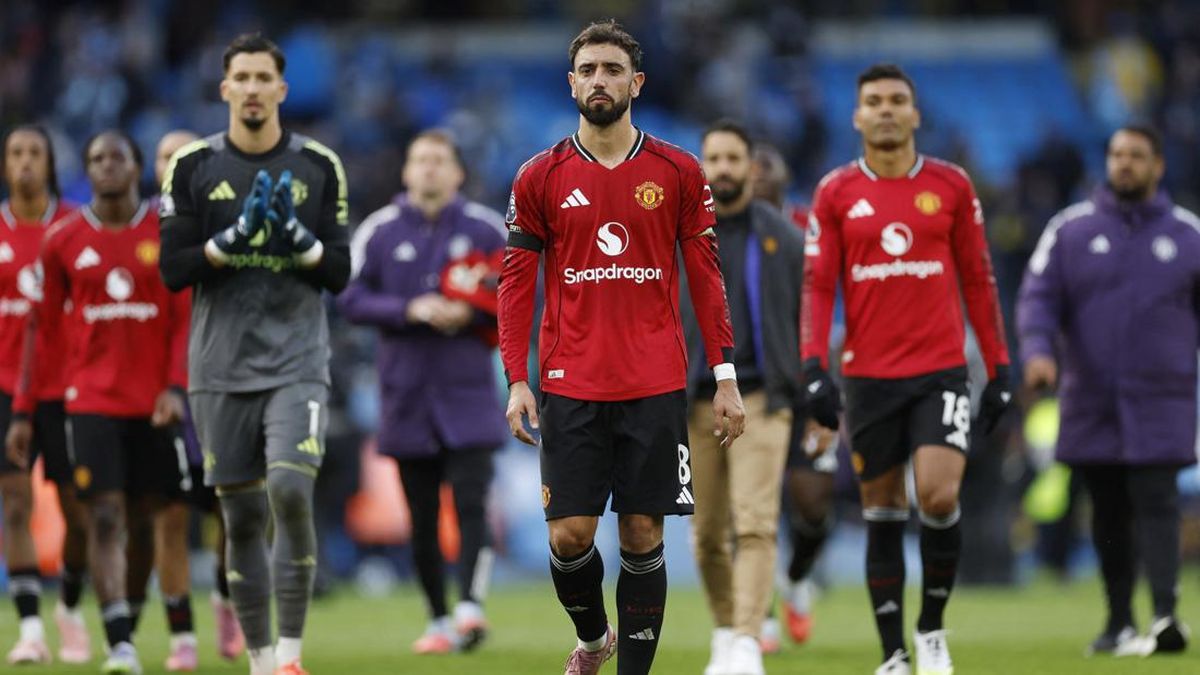Stuck together on a boat for three hours for The Everest barrier draw on Sydney Harbour, amid the glitz and glamour, it was a case of life jackets or flak jackets for Sydney’s warring racing officials.
On one table at the front sat Racing NSW chief executive Peter V’landys and guests, including National Rugby League CEO Andrew Abdo. On another were members of the board of racing’s wealthy controlling body. Close by were directors and executives of the Australian Turf Club, the operator of Sydney’s four metropolitan racetracks, including Royal Randwick, the venue for Saturday’s sold-out running of the world’s richest race on turf.

Peter V’landys launched The Everest in 2017 to take on Melbourne’s spring carnival.Credit: Stephen Kiprillis
The atmosphere at the on-water function on Tuesday night was described as “cordial” amid a tense lead-up to Sydney’s biggest race day in which Racing NSW has threatened to appoint an administrator to the turf club, taking aim at its financial management, commercial acumen and corporate governance.
The extraordinary action and its timing have gone down like a beaten favourite among many within the $3.3 billion industry, cast variously by critics as revenge against club directors who opposed the $5 billion sale of Rosehill Gardens for housing development, a ploy to install a compliant board and a simple power play.
Those assertions are dismissed by V’landys, who says Racing NSW was forced to put the club on notice when alarm bells were raised about its outlook and practices.
“It had nothing to do with any revenge,” V’landys said. “It’s not as though this was a sudden decision. We wrote to them about corporate governance concerns over the last two or three months. We wrote to them about our concern about their financial situation.
“If a company is in financial difficulties, you can’t pick the timing... unfortunately, you have to act when you have to act.”
The ATC, which owns Rosehill, Canterbury Park and Warwick Farm racecourses as well as land around the tracks, paints a very different picture, with its barrister chairman Tim Hale insisting the club is “solvent, operating normally, with strong cash reserves and is asset-rich”, backed by property “potentially worth billions”.
“The club’s financial stability and operational capability are not in question,” he said in a note to its 11,000-plus members. The club has engaged independent financial and governance experts before next Friday’s deadline to respond to a show-cause notice.
Racing NSW and the ATC were at odds ahead of The Everest carnival over the terms of a deal to establish Base Camp, a new $7 million trackside corporate enclosure driven by V’landys, which has been set up in such a rush that building work is expected to continue through Friday night.
The sacking of ATC chief executive Matt Galanos then set off a chain of events that led to a sensational public admonishment of the club by Racing NSW chair Saranne Cooke, technically V’landys’ boss, who warned there were “significant doubts about its ability to survive without ongoing bailouts”.

Australian Turf Club chairman Tim Hale argues the member-owned organisation is financially secure.Credit: Steven Siewert
Two club directors quit, with one going public with claims of dysfunction on the board, leaving only four remaining – Hale, media personality Caroline Searcy, technology executive and horse owner David McGrath, and Annette English, a commercial lawyer with close ties to the breeding industry.
Three of them were opposed to the controversial proposed $5 billion sale of Rosehill for housing, which triggered a parliamentary inquiry last year before ultimately being defeated by members in May.
The Racing NSW intervention has brought the sport’s complex, much-debated flow of hundreds of millions of dollars a year in wagering revenue into back into focus. Most of it lands in the coffers of Racing NSW, which straddles the roles of both regulator and commercial juggernaut, distributing money onwards but also accumulating a war chest that includes $150 million in property.
V’landys told last year’s Rosehill inquiry an extra $3 billion had been injected into the industry thanks to Racing NSW’s 2012 High Court win that made the bookies pay up and as a result of its negotiations with the state government on betting-related taxes.

Last year’s Everest day was attended by a record crowd of 49,117.Credit: Getty
“This is all new money. Racing NSW’s initiatives have made the money and now some want the keys to the castle,” he said in a written presentation to inquiry committee members.
Hale says these are “industry funds” and much of what is channelled to the club from Racing NSW is earmarked for prizemoney and bonuses paid directly to owners rather than for the club’s operating costs.
V’landys told this masthead the club’s costs had soared and it was not generating enough of its own revenue. “Whatever way you look at it, we’re giving them a lot more money than we’ve ever given them,” he said.
With the blowtorch on ATC’s governance, including unspecified alleged code of conduct breaches by directors, eyebrows have also been raised about how Racing NSW has conducted itself.
Just this week, the NSW parliament’s privileges committee delivered it a slapdown for its behaviour during the Rosehill inquiry, while this masthead earlier this year reported how Cooke transferred a block of land near Bathurst racecourse to Racing NSW for $1 after buying it in her own name. It also emerged at the inquiry that Racing NSW did not have a human resources department, but a “HR function” carried out by general managers.
Cooke said at the time there was nothing inappropriate about the land deal, on which stamp duty was paid by Racing NSW.
V’landys maintained the organisation was just defending itself with letters sent to the Rosehill inquiry that included allegations of impropriety against former staff it believed were behind confidential evidence about Racing NSW.
Mark Latham, a perennial thorn in V’landys’ side, has been Racing NSW’s loudest detractor but in the strangest of twists has become an ally of sorts in the ATC affair – if only of the enemy-of-your-enemy-is-your-friend kind.
Furious at being banned from the club’s tracks over a run-in with club executive Steve McMahon and thrown out of Randwick a fortnight ago, the Independent MP has branded Hale as “Jellyfish Tim”, saying he hopes the board is sacked.
As for V’landys himself, there have been fresh questions from industry critics about dual roles as racing’s boss and a hands-on chairman of the Australian Rugby League Commission, specifically about how much attention he can devote to his full-time job when he is in charge of two major sports.
After more than two decades atop racing, his future has been the subject of much speculation. The latest rumour spreading like wildfire is that he will run the Brisbane Olympic Games in 2032.
V’landys doesn’t know how it got started – “no one has contacted me” – and there is nothing to indicate there is any basis to it.
Loading
But as the $20 million The Everest approaches another milestone – it is forecast to become the second most bet-on Australian race this year behind only the Melbourne Cup – he bristles at any suggestion that racing suffers from his busy workload.
“We are the most successful racing jurisdiction in Australia by a country mile, by leaps and bounds. So what part haven’t I delivered in my employment? I’ve delivered more to the participants than any administrator in the history of racing,” said V’landys, citing the state’s nation-leading prizemoney, capital infrastructure spending and other indicators of Racing NSW success.
“Most of my emails for NRL go out between four o’clock in the morning and six o’clock in the morning. They don’t know what I do, they don’t live a day in my life. I probably put more work into racing now than I ever have.”
Most Viewed in Sport
Loading


